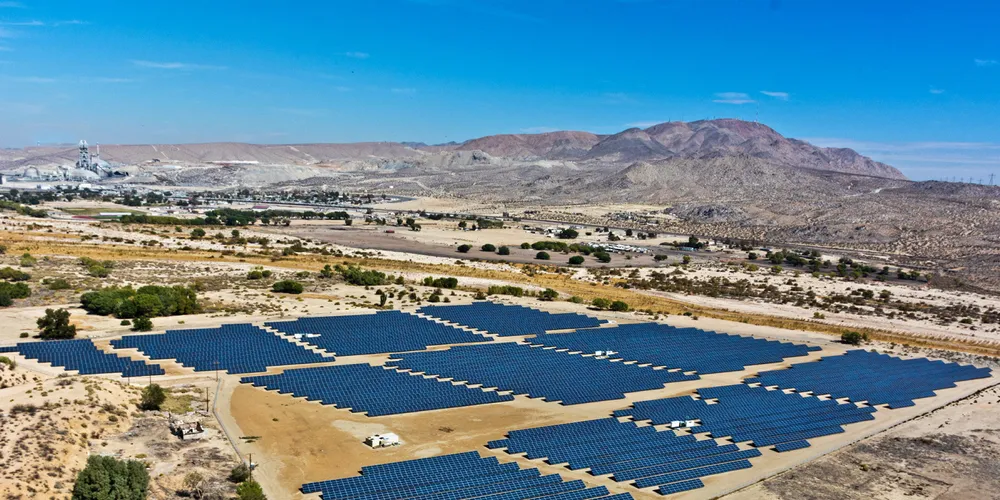US solar power deal price rise slows after surging on 2022 supply chain and trade woes
Rising off-take contracts have made the sector less competitive with wind and natural gas, but slowing inflation and climate law clarity offer hope for a reversal after 48% PPA climb last year, says advisory firm Edison Energy
